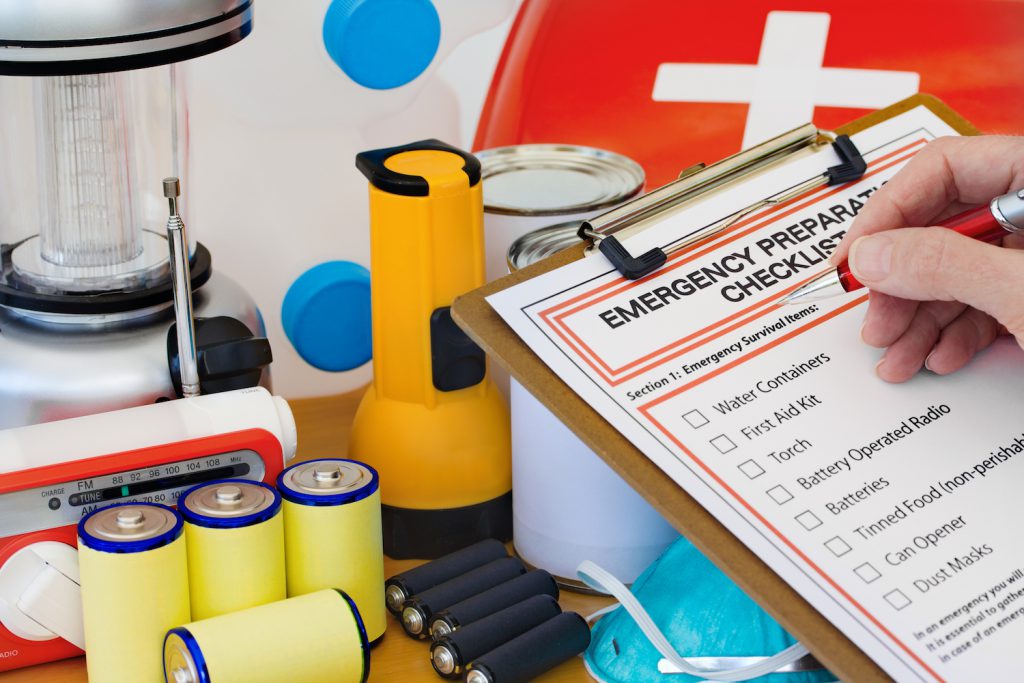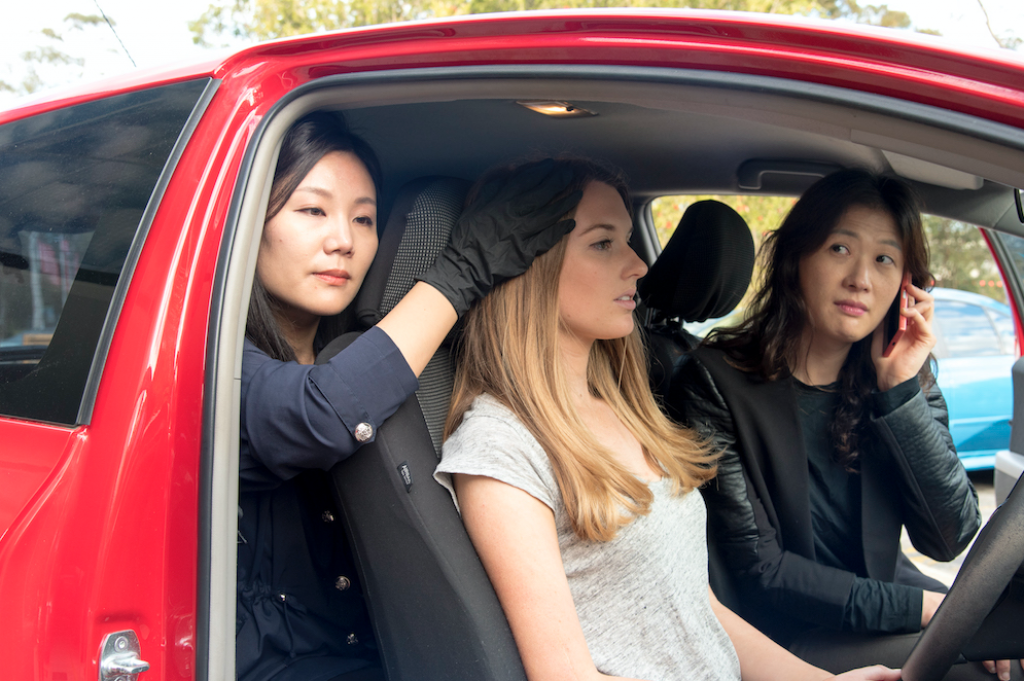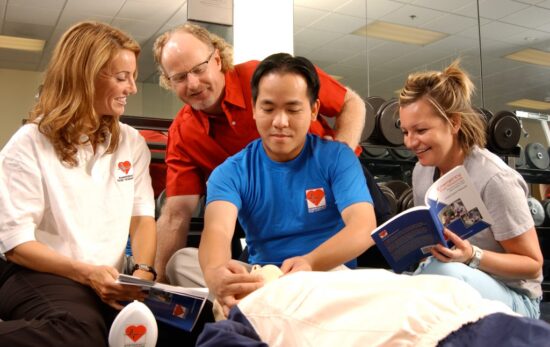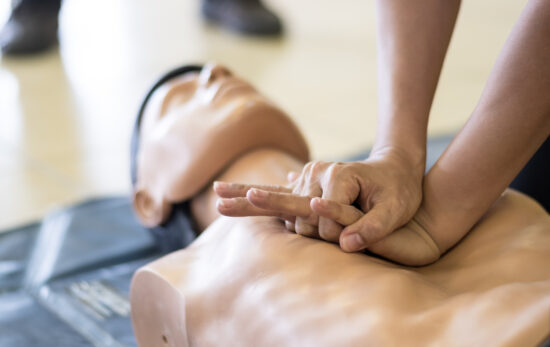Does your household have enough food, water, and basic supplies to last 72 hours or more? Whether you’re building your first emergency kits or already have a disaster preparedness kit, the purpose of this article is to ensure your stock of emergency supplies includes all the essential items.
Although we want to believe danger is a distant threat, there is always a chance disaster can strike. It’s better to be prepared rather than caught off guard. Most importantly, when preparing your kits, it’s best to think of basics and necessities.
When preparing an emergency kit, you will need to consider a few key things – food, water, light, energy, communication, and personal necessities, such as medication. As mentioned above, you should have a enough of each of these supplies to last 72 hours for yourself and each member of your family. The better you prepare now, the better prepared you’ll be during a disaster.
Review the emergency kit inventory below to ensure your stock of emergency supplies includes all the essential items.
Emergency Kit Necessities
Every household should be prepared with the following emergency supplies:
- A family first aid kit (see recommended first aid kit contents)
- Water: one gallon per person, per day (3-day minimum, 2-weeks if space is available)
- Food: non-perishable and easy to prepare (3-day minimum, 2-weeks if space is available)
- Headlamp and flashlights (one per member of the family)
- Extra batteries
- Battery-powered or hand-crank radio
- Medications (7-day supply) and medical items
- Multi-purpose tool
- Manual can opener
- Personal hygiene items (hand sanitizer, toilet paper, feminine products)
- Cell phone charger
- Written contact information for family/friends
- Cash in small bills
- Two-way radios
- Copies of personal documents (birth certificates, driver’s license, deed to home or lease, insurance policies, prescriptions)
Include the items below based on your family’s needs, local environment, and disasters common to your area:
- Baby supplies
- Activities for children
- Pet supplies
- Contact lens supplies or spare eyeglasses
- Whistle
- Face masks
- Matches
- Rain gear
- Towels
- Work gloves
- Sturdy shoes comfortable for walking
- Plastic sheeting
- Duct tape
- Scissors
- Liquid bleach
- Blankets or sleeping bags
How to Prepare an Emergency Kit
If the list above seems like a lot to buy at once, just buy a small amount at a time. Purchase one item per week and skip one if needed. Save up for more expensive items. Remember, having a few items is better than having none at all. Start with food and water, then buy the rest as time and money allow.
Store your items in a cool, dry place inside a duffle bag (in case of evacuation). Make a note to check your supplies, especially water and batteries, every six months and replace as needed.
If resources and storage space allow, assemble a small emergency kit for your vehicle and place of work. Include items to get you through 24 hours including food, water, comfortable walking shoes and medications if applicable.
Creating a Disaster Plan
Now that we have an emergency kit ready, it’s time to create a plan for everyone to follow in the event disaster strikes.
Some of the most vital information to include in your plan, includes:
- Where do we meet?
- What to do in case of a fire, flood, earthquake, tsunami, etc.? (Include anything that’s even a remote possibility in your area.)
- Where should we meet if we can’t make it home?
Follow these basic questions and sit down with your family. Create a disaster plan, and make sure everyone understands. Once this plan is created and agreed upon by all members of your family, it should be kept in a visible location so anyone who needs to see it has access. Preventative maintenance is the best solution to avoid problems.
First Aid Training is Essential
One of the most important things you’ll need in an emergency can’t be purchased at the store or stowed in a closet – first aid training. When minutes count, it’s important to know how to handle an emergency situation.
Statistics show you’re more likely to give first aid to someone you know than a stranger. Be prepared in the event a family member, friend, or coworker needs help. The Emergency First Response (EFR) Primary and Secondary Care course is an accredited CPR and First Aid program that teaches the skills you’ll need to know in an emergency including –
- BLS (Basic Life Support) CPR and rescue breathing at the layperson level
- AED (automated external defibrillator) use (optional)
- Caring for someone in shock
- Spinal injury management
- Use of barriers to reduce disease transmission risk
- Basic first aid:
- Illness and injury Assessment
- Bandaging
- Management of fractures & dislocations
- First aid kit considerations
In an EFR course, you’ll get hands-on practice with a CPR mannequin, role play emergency scenarios, practice wound bandaging, splinting, and other skills. Our friendly, experienced instructors will encourage you to practice each skill until you feel comfortable and demonstrate as many times as necessary.




